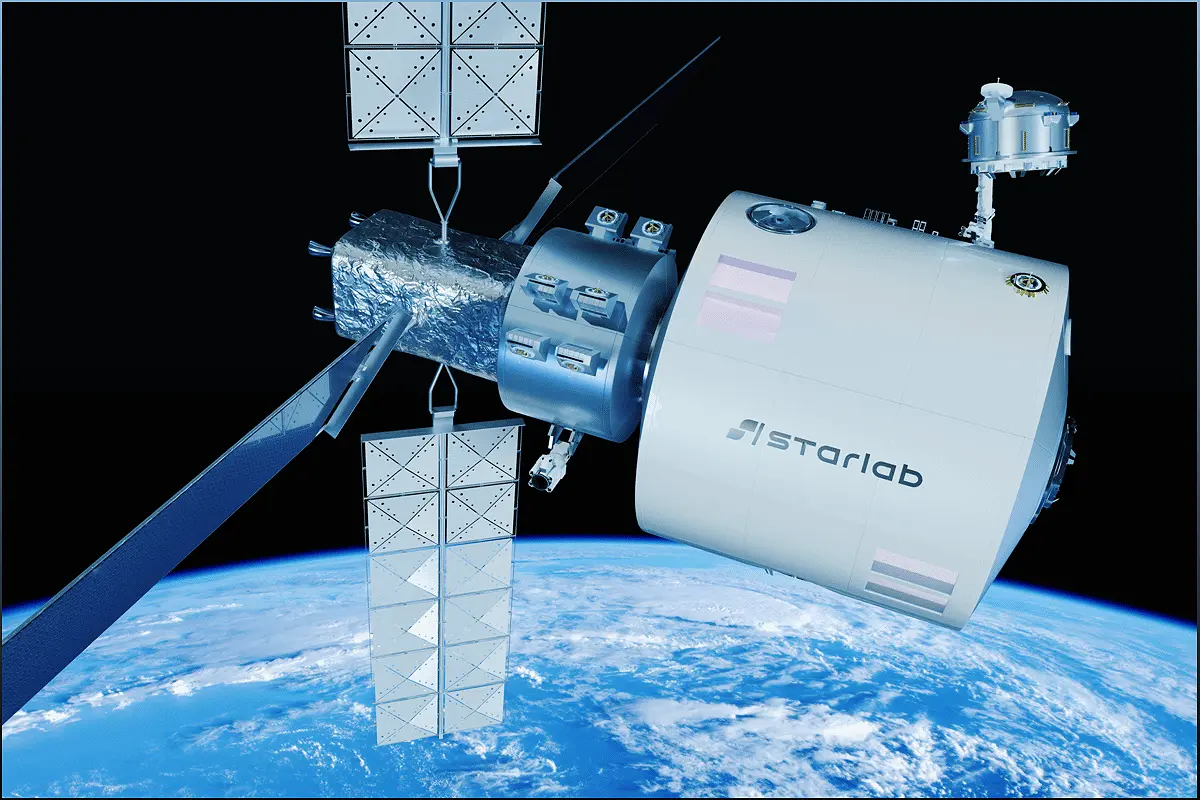The European Space Agency (ESA), Airbus Defence and Space, and Voyager Space have signed a groundbreaking technology agreement that offers a tantalizing glimpse into the future of space exploration. As the retirement of the International Space Station (ISS) looms in 2030, nations and private contractors are already making plans to replace it with a fleet of smaller outposts. In this article, we delve into the details of the trilateral Memorandum of Understanding (MoU) signed by these visionary partners, revealing the exciting possibilities that lie ahead in the next frontier of space stations.
The Future of Space Stations: A New Era of Exploration
Discover the exciting advancements in space station technology and the plans to replace the retiring International Space Station (ISS).
Space exploration is entering a new era as the retirement of the International Space Station (ISS) draws near. The European Space Agency (ESA), Airbus Defence and Space, and Voyager Space have come together to pave the way for the future of space stations. With the ISS scheduled to be decommissioned in 2030, the focus is now on developing smaller outposts that will continue to push the boundaries of human space exploration.
The new trilateral Memorandum of Understanding (MoU) signed by these visionary partners outlines the plans for the Starlab space station, a smaller but technologically advanced outpost that will serve as the cornerstone of future low Earth orbit missions. Let's dive deeper into the exciting developments and what they mean for the future of space exploration.
Introducing Starlab: A New Breed of Space Station
Learn about the design and capabilities of the Starlab space station, set to replace the ISS.
Starlab is set to revolutionize space stations with its innovative design and advanced technology. Unlike the ISS, which has grown into a massive 100-tonne behemoth, Starlab is a smaller outpost that takes advantage of over a generation of technical advances.
The centerpiece of Starlab is a large habitat module equipped with spacecraft berths and universal docking systems. Behind it, a service module provides areas for securing equipment and conducting experiments, along with a versatile robot arm. The station also features thrusters for station keeping and solar arrays for power generation.
With plans to develop a complete ecosystem similar to NASA, Starlab aims to become a hub for government and commercial space activities. This includes spacecraft capable of ferrying cargo and crew to and from the station, opening up new opportunities for scientific research and commercial ventures.
The Benefits of Smaller Outposts: Flexibility and Collaboration
Explore the advantages of replacing the ISS with a fleet of smaller space stations operated by various agencies.
Replacing the ISS with a fleet of smaller outposts brings numerous benefits to the future of space exploration. One key advantage is increased flexibility. Smaller stations can be launched and assembled more efficiently, allowing for quicker upgrades and adaptations to new technologies.
Furthermore, these smaller outposts encourage collaboration among various government and private agencies. Each station can be specialized for specific research areas, fostering a more diverse range of scientific studies. This collaborative approach will undoubtedly accelerate advancements in space research and technology.
The Roadmap to the Future: Collaborative Efforts and International Partnerships
Learn about the collaborative efforts and international partnerships driving the development of future space stations.
The development of future space stations is a collaborative endeavor involving international partnerships. The trilateral MoU signed by the European Space Agency, Airbus Defence and Space, and Voyager Space highlights the importance of cooperation in shaping the future of space exploration.
These partnerships enable the sharing of resources, expertise, and technological advancements. By pooling together their strengths, nations and private contractors can overcome the challenges of space exploration and build a sustainable presence in orbit.
As we move forward, it is crucial to foster international collaboration and ensure that space exploration remains a shared endeavor. Together, we can unlock the mysteries of the universe and pave the way for future generations to explore the vastness of space.

